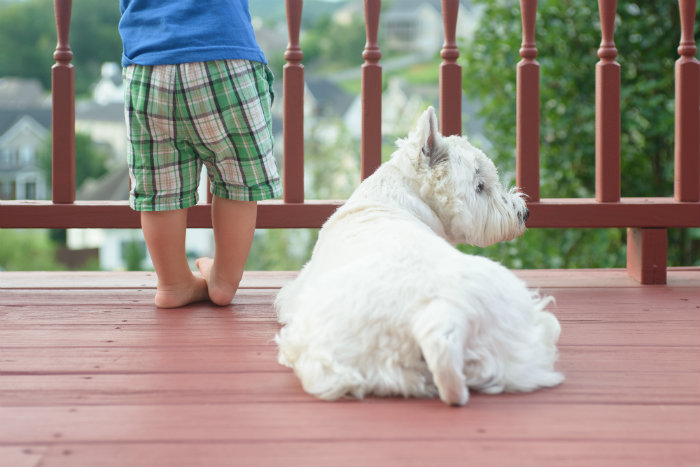Anal sacs (also called glands) are two small glands located just inside your pet’s anus. They hold a liquid material that is thick, oily and has a very strong unpleasant odor. In present day these glands really hold no purpose for domesticated dogs, however, the anal sacs originally served as a territorial or self-defense mechanism for wild animals.
Routinely anal glands fill with this smelly liquid and then are naturally emptied with an animal’s bowel movements. However, problems can arise where this liquid does not empty and continues to fill the sac. This is extremely irritating and uncomfortable. Impacted or ‘clogged’ anal glands can lead to an abscess (infected, painful and swollen) which needs to be treated medically. Typical signs include ‘scooting’ their hind end across the ground or licking at their anal area or tail base.
Once a dog receives medical intervention for an anal gland disorder, routine gland expression may be required long-term. It is difficult to say why this becomes a problem in some dogs –physical anatomy, breed disposition, diet or even obesity can play a factor. The important thing is to be aware that anal glands do exist, they can potentially cause problems, and any strange behaviour relating to these glands should be investigated by a veterinarian. Please contact Dartmouth Veterinary Hospital if you have any questions or concerns.
Written by: Kim MacAskill, RVT
